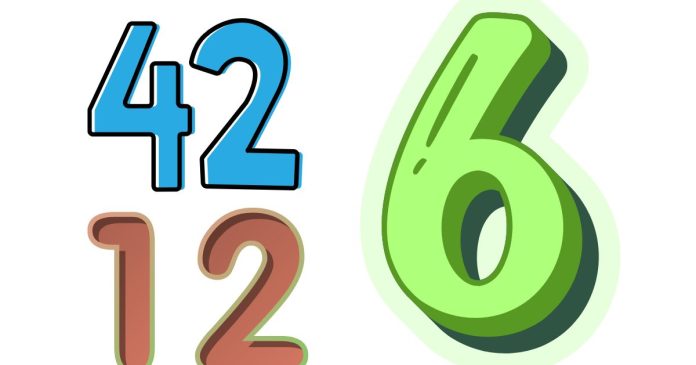When we talk about the greatest common factor (GCF), we’re referring to the largest number that divides two or more integers without leaving a remainder. For the numbers 12 and 42, finding the GCF is a straightforward process that involves identifying their common factors and selecting the greatest one.
Step-by-Step Guide to Finding the GCF of 12 and 42
- List the Factors of Each Number
- Factors of 12: These are the numbers that divide 12 without a remainder. They include 1, 2, 3, 4, 6, and 12.
- Factors of 42: Similarly, the factors of 42 are 1, 2, 3, 6, 7, 14, 21, and 42.
- Identify the Common Factors
- Common factors of 12 and 42 are the numbers that appear in both lists. These are: 1, 2, 3, and 6.
- Select the Greatest Common Factor
- Among the common factors, the largest number is 6. Therefore, the GCF of 12 and 42 is 6.
Why Is the GCF Important?
The GCF is useful in a variety of mathematical and real-world applications, such as simplifying fractions, solving problems involving ratios, and finding common denominators. For example, if you were to simplify the fraction 12/42, dividing both the numerator and denominator by their GCF (6) reduces the fraction to 2/7.
Alternate Methods to Find the GCF
If listing factors feels cumbersome, you can use these methods:
1. Prime Factorization
Break down each number into its prime factors:
- Prime factors of 12:
- Prime factors of 42: Identify the common prime factors (2 and 3), and multiply them: .
2. Euclidean Algorithm
This is a quicker method that involves division:
- Divide the larger number by the smaller number and find the remainder.
- Replace the larger number with the smaller number, and the smaller number with the remainder.
- Repeat the process until the remainder is zero. The last non-zero remainder is the GCF.
For 12 and 42:
- (remainder 6)
- (remainder 0)
- GCF = 6
The greatest common factor of 12 and 42 is 6. Whether you use the listing method, prime factorization, or the Euclidean algorithm, the result remains the same. Understanding the GCF is an essential mathematical skill that can simplify calculations and enhance problem-solving efficiency in everyday scenarios.


